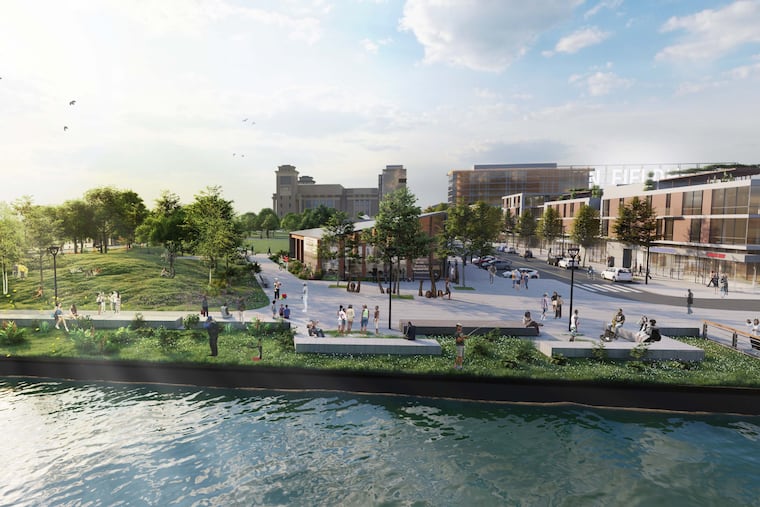Chester City creates another plan to revitalize its waterfront after decades of financial stress
The latest waterfront plan starts with making Chester more accessible by cyclists, pedestrians, and public transit.

The latest waterfront plan starts with making Chester more accessible by cyclists, pedestrians, and public transit.
